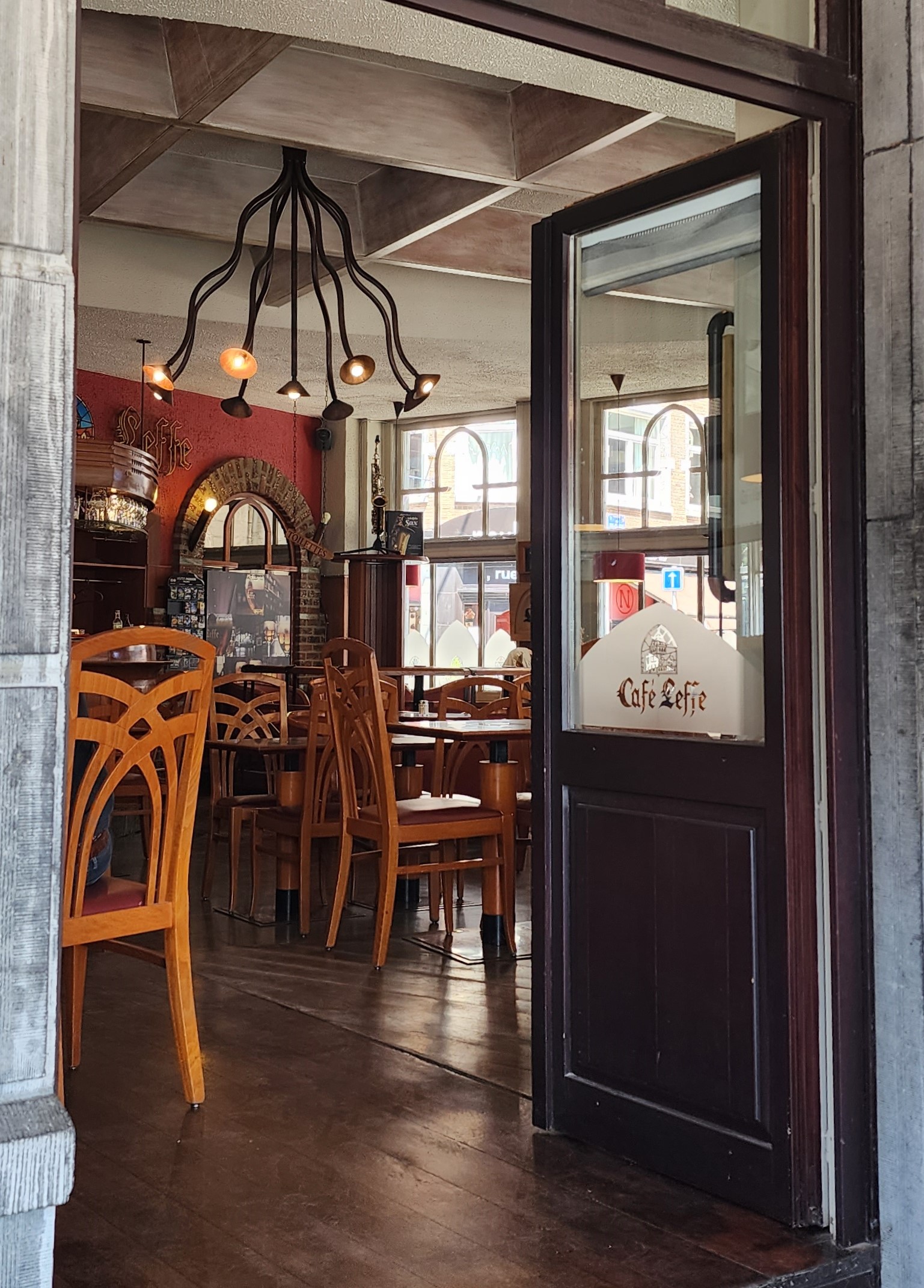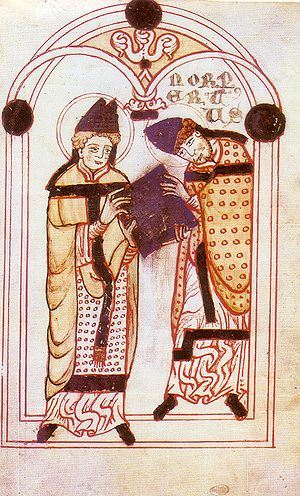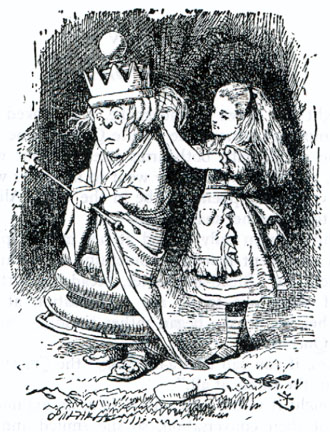
Leffe is one of my most favorite beers, in particular the Triple and the Rituel, and I was super glad to be able to visit the Leffe home town of Dinant in Belgium. We were looking for the museum: however the map search showed at least three locations for 'Leffe' which caused us some confusion. We decided to seek the help of a nice pint (of Leffe, of course) at Cafe Leffe - the first search result shown on the map - before venturing further.

Cafe Leffe
There are many cafes and restaurants on the promenade along the river Meuse (Maas) and worth a stroll. Close to the bridge and the main church, you'll find Cafe Leffe.
We found it has excellent food, nice view across the river, and of course the full selection of Leffe.



Maison Leffe: the museum
To actually visit the Leffe museum look for "Maison Leffe". From the cafe, take a short trek west across the river and south up the hill to find the museum, where a very reasonably priced ticket gets you access to the interactive tour, a Leffe beverage of your choice on the patio, and a Leffe glass, that we faithfully carried with us the rest of the 800km bike trip.

The museum has interactive displays and videos that talk about the history of Leffe and the tradition of beer brewing, which starts in 1240 when beer was safer to drink than the highly questionable water supply. We are most glad for this sad situation and the subsequent spawning of the art of brewing excellent ales.
The museum takes a multi-sensory approach to and does a wonderful job explaining the art of making beer. Not only is there written material with audio recordings and photos - the displays contain olfactory information as well! You can experience the various fragrant beer ingredients by opening slots in the displays through which air is blown. The whole experience is very aromatic.
Abbey Notre-Dame de Leffe
Finally, just to the north of the town is the original Abbey 'Notre-Dame de Leffe' from which the Leffe brewery inherited its name.
While we're enjoying another pint of Leffe, let's take a stroll through history.
The Abbey was founded by Norbert of Xanten in 1121. Norbert was canonized in 1582 and one wonders how he deserved this, since we learn that in his early days as a priest "he adopted such strict discipline that it killed his first three disciples. " [wikipedia] He was forced to resign from this job, and became an wandering preacher until Pope Calixtus II gave him another chance; requesting him to build a religious order in the region of Laon, in Northern France.
Norbert put his ideas about the moral laxity of clergy and laity into shaping to the Premonstratensian order for the first abbey to be founded near Prémontré where he again attempted to implement more strict rules of austerity, and I would hope this time without killing anyone.
For the principles of the Premonstratensian order, Norbert was influenced by a number of his friends and existing traditions. I suspect that any "belief" is constantly evolving and being moulded by time, individuals and zeitgeist, and woven like the coat of many colours over the course of time, and to think that there is consistency or constancy is a fallacy.
"I can't believe that!" said Alice.
"Can't you?" the Queen said in a pitying tone. "Try again: draw a long breath, and shut your eyes."
Alice laughed. "There's no use trying," she said: "one can't believe impossible things."
"I daresay you haven't had much practice," said the Queen. "When I was your age, I always did it for half-an-hour a day. Why, sometimes I've believed as many as six impossible things before breakfast."
The strands of thought that culminated in the monastic traditions of the Middle Ages in general, and Norbert's coat of many beliefs in particular, seem to be rejection of a life of pleasure and a certain amount of self-righteous reveling in austerity and humiliation. Here's a summary:
- Rule of St Augustine' (written ca. 400 by Augustine of Hippo) requires chastity, poverty, obedience, detachment from the world, labour, fasting and abstinence proportionate to the strength of the individual, care of the sick, silence and reading during meals. As a youth Augustine lived a pleasure-seeking lifestyle. "Confessions" is his autobiography about his repentance from this life, and I found it quite interesting that in contains another story where a piece of fruit takes mythical significance as he relates how he stole fruit from an orchard not because he was hungry, but because "it was not permitted." His very nature, he says, was flawed. "It was foul, and I loved it. I loved my own error—not that for which I erred, but the error itself.

- Rule of St Benedict: is the source of the expressions "pax" (peace) and "ora et labora" (pray and work) as well as "opus dei" (work of god): eight named services and prayer throughout the day. Benedict was sent to school in Rome but abandoned his studies in disgust by what he saw as the debauched life in the capital, and instead choose to live in a cave for 3 years. This apparently gained him fans, which eventually he organized into communities. His 'Rule' is actually a book of 73 chapters, so several candles worth of reading. He recommended living in community, with parents donating their children to the monastery, and total obedience to your superiors and the abbot. Not problematic at all!
- The Cistercian order, named after the location of its first abbey at Citeaux, believed in a literal observance of the Benedictine Rule; and went more extreme in terms of austerity and focus on manual labour. Many Cistercian abbeys sustained themselves with agriculture, vineyards, and - you guessed it! - brewing ales.
- Norbert's friend, Bernard of Clairvaux. (1090-1153). Bernard valued personal faith with Christ as a model and emphasis on the Virgin Mary - can I speculate this could be because he lost his mother at age of 19? He joined the Cistercian order at the abbey of Citeaux in 1112 and went on to found his own abbey at Clairvaux in 1115. He developed a rich theology of sacred space and music (Cistercian Hymnal - am looking forward to reading more about this) and was quoted by John Calvin and Martin Luther .

Now, as we all know, no good faith was ever founded without a few nice bits of Dead Saint. Preferably in gold plated, precious stone encrusted glass display cases. Because thou shalt not worship idols except when packaged nicely.
Norbert, while on the way to Koln (why Koln, you may ask? to which I say "haven't the foggiest") to find some relics for his new abbey of Prémontré had a dream of Saint Ursula and her fellow virgin companions. In this dream, he apparently learned of the location where they were shot through with arrows by the Huns around 383 (a story that is documented only some time after the 10th century) and discovered himself some handy and much needed relics.

So ... super religious austere Norbert, on the way to Koln, dreams of virgins being punctured by arrows, picks up their century old bits, subsequently using them to dazzle his sponsor Godfrey, count of Namur, into founding another Abbey at Floreffe. You can't make this stuff up!
In a fun time-challenged paradox, check out the illustration of Norbert (standing on the right, and remember, dating from the 12th century) receiving the Augustinian Rule from St Augustine (who as we saw, lived and wrote in the 5th century) found in a manuscript from the 12th century.
The third Abbey to be founded by Norbert was Notre-Dame de Leffe where beer brewing is documented to have started ca. 1240.
Blessed be the monks with visions of pierced virgins that found the abbeys that bring us great beer. Prosit!

Sources with many thanks to MacLeod's books, Vancouver:
- The Middle Ages, a Concise Encyclopaedia, editor H.R. Loyn, Thames and Hudson, New York, 1989
- The Cambridge Introduction to Art - The Middle Ages, Annie Shaver-Crandell, Cambridge University Press, 1982
- Croyances populaires aux Moyen Age, Philippe Walter, Histoire Gisserot, 2017
- Abbaye Notre-Dame de Leffe
- Enormous thanks to Wikipedia





Add new comment